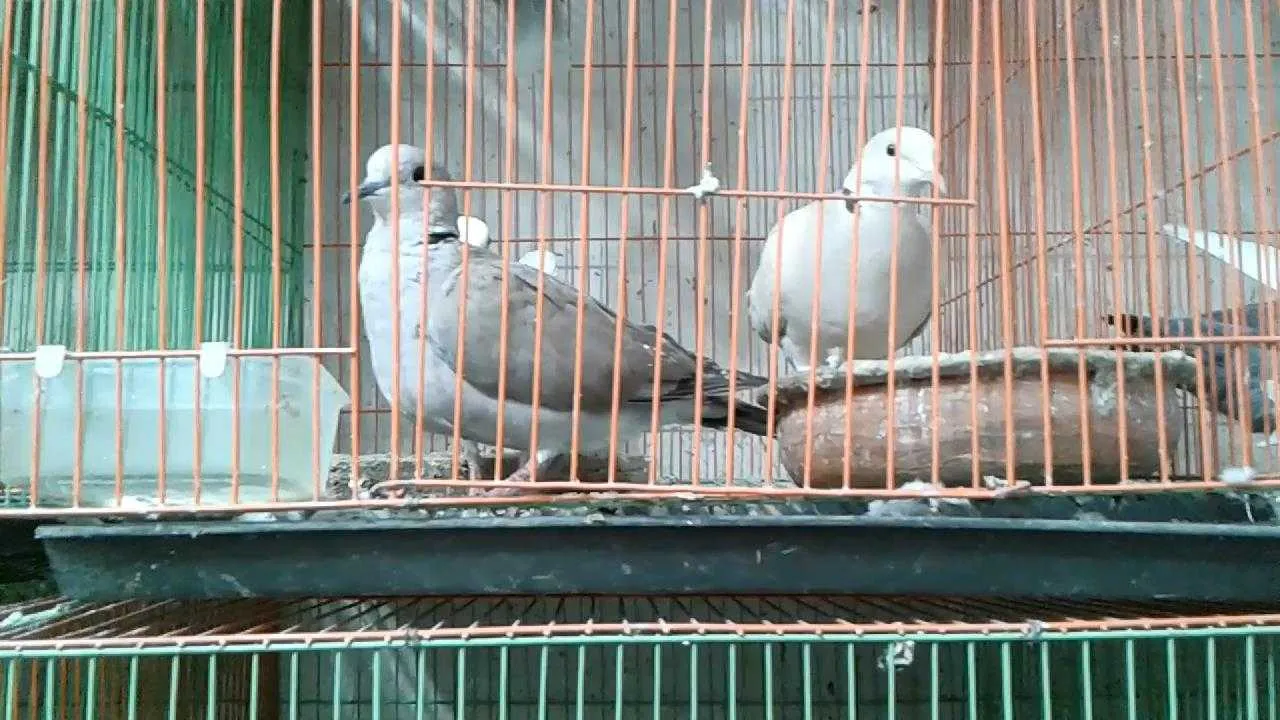
In the rich tapestry of Bangladesh's diverse wildlife, the elegant and tranquil dove bird holds a special place. Revered for its beauty and symbolism across cultures, the dove's presence in Bangladesh's avifauna adds a touch of grace to the country's natural landscapes. Let's delve into the fascinating world of the dove bird in Bangladesh:
1. Species Diversity:
Bangladesh boasts several species of doves, each with its unique characteristics and habitats. Common species include the Oriental Turtle Dove, Eurasian Collared Dove, Spotted Dove, and the beautiful Laughing Dove.
2. Habitats and Distribution:
Doves in Bangladesh inhabit a variety of ecosystems, ranging from dense forests and wetlands to urban and suburban areas. They can be found across the country, from the Sundarbans mangrove forests in the south to the lush tea gardens of Sylhet in the northeast.
3. Behavior and Characteristics:
Doves are known for their gentle nature and soft cooing calls, which resonate through the countryside. They are primarily seed-eaters but also feed on fruits, grains, and small insects. Their subtle colors and graceful flight patterns make them a sight to behold.
4. Cultural Significance:
In Bangladeshi culture, doves hold symbolic significance, often representing peace, love, and harmony. Their presence in folklore, art, and literature reflects their cultural importance and enduring appeal.
5. Conservation Status:
While many dove species are abundant in Bangladesh, habitat loss and degradation pose significant threats to their populations. Conservation efforts, including habitat preservation and awareness campaigns, are crucial for safeguarding these avian treasures for future generations.
6. Ecotourism Opportunities:
Bangladesh's rich birdlife, including doves, presents exciting opportunities for ecotourism. Birdwatching enthusiasts can explore various birding hotspots across the country, including national parks, wetlands, and rural areas, to observe doves and other avian species in their natural habitats.
7. Community Engagement:
Engaging local communities in bird conservation efforts can play a vital role in protecting dove populations and their habitats. Education initiatives, community-based ecotourism projects, and sustainable livelihood opportunities can foster conservation stewardship at the grassroots level.
8. Research and Monitoring:
Continued research and monitoring are essential for understanding dove populations, their behavior, and their ecological requirements. Collaborative studies involving scientists, conservationists, and local stakeholders can provide valuable insights for effective conservation planning and management.
9. International Collaboration:
Given the migratory nature of some dove species, international collaboration is crucial for their conservation. Bangladesh can work with neighboring countries and international organizations to address transboundary conservation challenges and promote regional cooperation.
10. Future Prospects:
With concerted conservation efforts and sustainable development practices, Bangladesh can ensure the continued presence of doves and other avian species in its natural landscapes. By valuing and protecting these winged wonders, Bangladesh can preserve its biodiversity heritage for generations to come.
In conclusion, the dove bird enriches Bangladesh's natural heritage with its beauty, symbolism, and ecological importance. Through conservation efforts, community engagement, and international collaboration, Bangladesh can nurture its dove populations and promote a harmonious coexistence between humans and nature.




